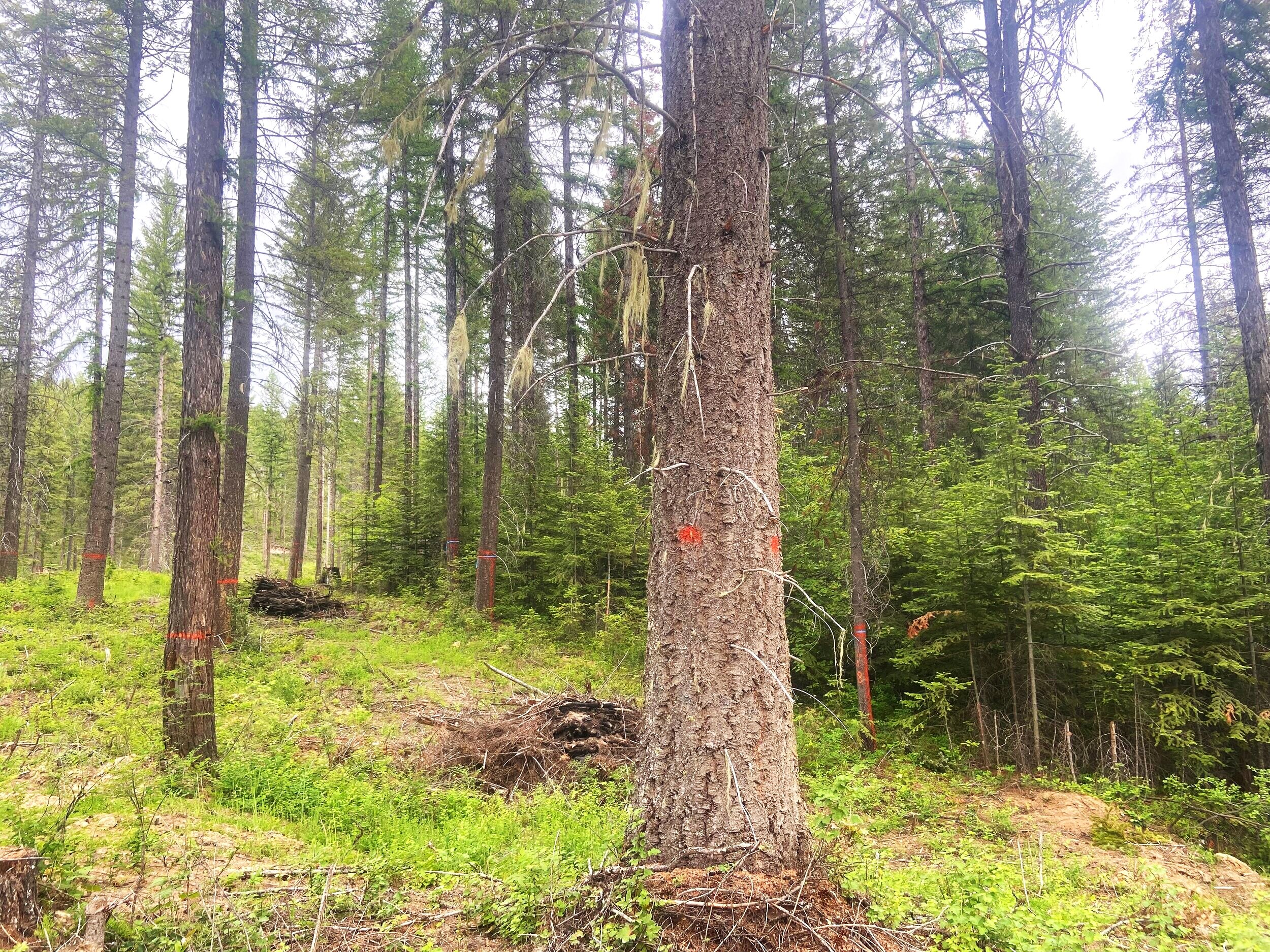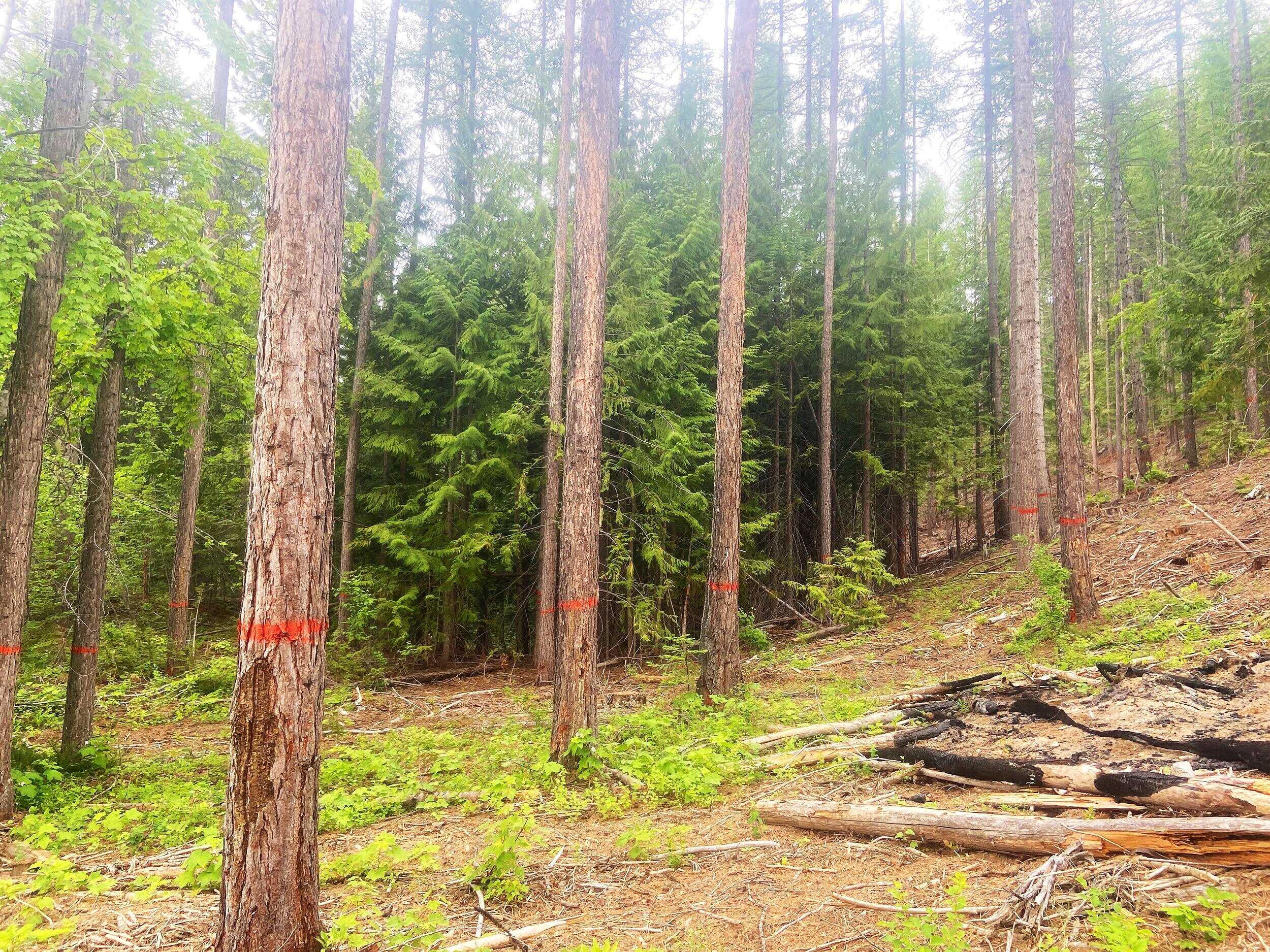Why Knowing the Source of your Wood Matters
Many of us like to know where our food comes from, and if you’re like me, there’s a good feeling that comes with buying local produce. But when it comes to the lumber you purchase for a new fence or a child’s backyard play structure, it can be a lot harder to know exactly where that wood came from. Unlike the grocery store, your 2x4 rarely comes with a sticker that proclaims “Product of Oregon."
Knowing the source forest of your wood matters for a lot of the same reasons that knowing where your food comes from. Forests and wood can both meet multiple economic, social, and environmental values. Forests and trees are critical to human health: they sequester carbon, protect water sources, and provide critical habitats for thousands of species, including critically endangered and endemic species. Forests also create jobs that are critical employment in rural areas and are a key economic factor for many communities worldwide. Looking at wood sourcing through this lens, we recognize the spectrum it creates - ranging from a simple economic benefit on one end to being supportive of a multitude of forest and human values on the other end. In this way, we can use wood sourcing for positive change.
For more than 15 years, Sustainable Northwest has advocated for looking at wood products as more than just a commodity. We strive to link good forest stewardship with the end product and recognize that no one size fits all. Luckily, the way we see it, there’s plenty of ways to advocate for wood products that meet important values. One of our current initiatives is focused on showcasing federal forest restoration projects as valuable sources of timber.
Colville National Forest - Colville, Washington
In the Colville National Forest, several projects exist with full support from a multi-stakeholder collaborative, with consultation from Tribes. One example of federal forest restoration, the Mill Creek A to Z Stewardship Project, focused on a multitude of social and environmental benefits by thinning and returning the forest to a more complex mosaic of stands of varying ages, densities, and sizes. The project achieved five core goals:
Improved habitat for goshawk, Canadian lynx, and pileated woodpeckers.
Changed stand composition to improve fire behavior, preventing large-scale destructive megafires and related poor air quality events.
Increased snow capture and streamflow, improved fish passage, and water quality by improving roads and upgrading culverts, and protected woody buffers around streams.
Supported rural communities, providing jobs and stable log supply for small diameter mills.
Protected late-successional stands and old-growth by reducing ladder fuels and increasing available moisture in the face of drought and fire risks.
The A to Z Mill Creek Stewardship contract, East Wedge, Kettle Face North, Kettle Face South, and other multi-value forest restoration projects in the Colville National Forest, have been supported by the Northeast Washington Forestry Coalition (NEWFC) collaborative. NEWFC brings together diverse stakeholders to build trust, find areas of agreement, and provide community-supported guidance to the Forest Service. One outcome of forest collaboration has been reduced litigation, increased public support, and increased scale of stewardship projects on the landscape. We believe wood like this represents the gold standard of ecological and social forest management principles in practice and deserves to be recognized.
When Ray Hall, a new addition to the OSU Cascades Campus in Bend, opens this fall, the mass timber panels that came from Colville National Forest restoration projects, along with the beams sourced from The Confederated Tribes and Bands of the Yakama Nation, will be the centerpiece of this one-of-a-kind building. Stay tuned for more information on this project in the coming months.
Ray Hall - Oregon State University, Cascades Campus
As we grow, Sustainable Northwest is continuing our work to highlight Tribal sources of wood as well. We recognize these sovereign nations and the excellent due diligence they put into their forest practices. We also recognize the economic value that timber brings to Tribal communities and use our privilege to advocate for Tribal wood sources as a unique source of wood that can meet social, environmental, and economic needs. There are several Tribes in the Pacific Northwest with forestland and mill operations, all of which deserve to be highlighted for the value the forest and mills bring to their communities.
We also commemorate businesses that go above and beyond “business as usual” practices, such as Port Blakely, which has created a Habitat and Conservation Plan. This plan has goals to build more buffers around streams and increased habitat for 20 different species.
Another project that shows the unique value that wood can offer is the Meyer Memorial Trust Building in Portland, Oregon, completed in 2020. The project had lofty goals:
Source all the material from the Pacific Northwest
Utilize minority contractors and vendors for the majority of the work.
Support good forest stewardship without going over their budget.
The project succeeded and proved that wood sourcing can meet a multitude of goals. This project has become a template for our work moving forward, and we will continue to build on it and take it further.
Meyer Memorial Trust HQ - Portland, Oregon
PROJECT SUCCESS
Wood from PNW forests - 12 of 12
Wood from Oregon forests - 7 of 12
Wood products from PNW companies - 12 of 12
Wood products from Oregon companies - 10 of 12
Wood products from minority-owned companies - 6 of 12
Wood products from small businesses - 7 of 12
Wood that supports ecological forest management - 9 of 12
Wood products traceable back to its forest of origin - 3 of 12
Wood, and the forests it comes from, are both going to be critical to our continued pursuit of natural resource solutions that work for people and nature. We have to recognize and reward good forestry and the value it adds to our world, going beyond just timber production. Wood sourcing can be a valuable way to meet our economic needs while still restoring and protecting our forests.
Jordan Zettle
Green Markets Manager
jzettle@sustainablenorthwest.org






